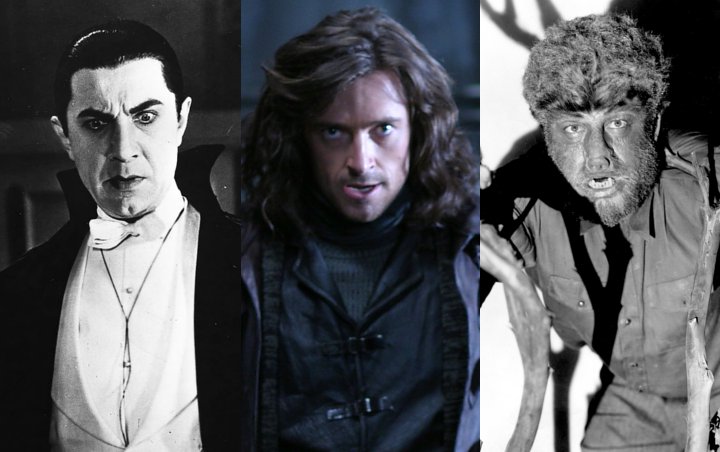
Before letting the spooky stories and creepy creatures terrorize your nights, it's essential to separate the facts from fictions in a number of classic horror flicks.
- Oct 28, 2018
AceShowbiz - One of the earliest films about vampires, Tod Browning's "Dracula" (1931) is based on the 1924 stage play of the same name, which in turn was loosely based on Bram Stoker's novel "Dracula". In creating his novel, Stoker was inspired by many European stories and folklore about vampires, which were described as blood-drinking revenants or demons. As for the name of Dracula, Stoker borrowed it from the historical Transylvanian-born Vlad Ill Dracula, who is said to have killed 40,000-100,000 of political rivals and criminals mainly by impaling, while Dracula's mannerisms were drawn from actor and theater manager Henry Irving.
In Stoker's novel, Dracula can shapeshift into a bat and a wolf among other forms. Despite sharing the same mythology, "The Wolf Man" (1941) has nothing to do with Stoker's Dracula. The werewolf mythology itself dated back to the first century, during which the ability or affliction to shapeshift is called lycantrophy. Belief in werewolves developed in parallel to the belief in witches, and during the witch-hunt phenomenon, trials of supposed werewolves also occurred. A prominent case was Peter Stumpp, a German farmer who was accused of werewolfery, witchcraft and cannibalism in 1589. He confessed to the accusations under torture and was subsequently executed by breaking on a wheel.









